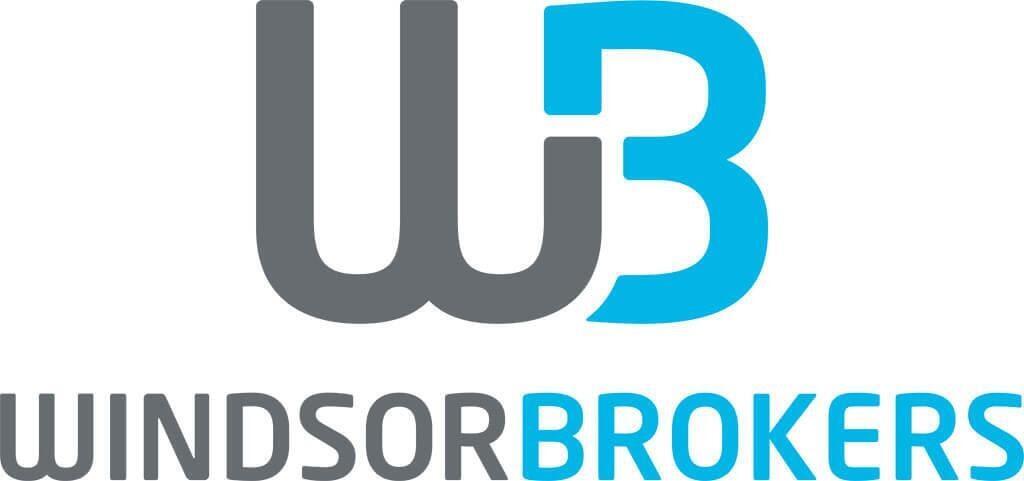
To do this, a company should go back five years, and figure out for every year the percentage of unpaid accounts. They can do this by looking at the total sales amounts for each year, and total unpaid invoices. That percentage can now be applied to the current accounting period’s total sales, to get a allowance for doubtful accounts figure. After calculating your allowance for doubtful accounts at the end of the accounting period, you make a journal entry to record the adjustment in your company’s books. Bad debt expense is an income statement account that reduces Owner’s Equity by the amount of the bad debt.
Form F-1/A Healthy Green Group Hold – StreetInsider.com
Form F-1/A Healthy Green Group Hold.
Posted: Thu, 17 Aug 2023 17:47:48 GMT [source]
Allowance for Doubtful Accounts is a balance sheet contra-asset account that is used to find Net Realizable Accounts Receivable on the balance sheet. The most prevalent approach — called the “percent of sales method” — uses a pre-determined percentage of total sales assumption to forecast the uncollectible credit sales. On the balance sheet, an allowance for doubtful accounts is considered a “contra-asset” because an increase reduces the accounts receivable (A/R) account. The Allowance for Doubtful Accounts is a contra-asset account that estimates the future losses incurred from uncollectible accounts receivable (A/R). The allowance for doubtful accounts is an estimate of the portion of accounts receivable that your business does not expect to collect during a given accounting period.
An account that is 90 days overdue is more likely to be unpaid than an account that is 30 days past due. The Direct Write-Off method, though often used for tax purposes, is generally not used for financial reporting. It works by directly writing-off bad debt expense from accounts receivable into the expense account.
Firm of the Future
Because the allowance for doubtful accounts is established in the same accounting period as the original sale, an entity does not know for certain which exact receivables will be paid and which will default. Therefore, generally accepted accounting principles (GAAP) dictate that the allowance must be established in the same accounting period as the sale, but can be based on an anticipated or estimated figure. The allowance can accumulate across accounting periods and may be adjusted based on the balance in the account.
HMRC’s annual report and accounts 2022 to 2023: our accounts … – GOV.UK
HMRC’s annual report and accounts 2022 to 2023: our accounts ….
Posted: Thu, 24 Aug 2023 06:27:58 GMT [source]
For businesses with a large number of constantly changing clients, using the customer risk classification would be difficult because you wouldn’t have historical data on every client. Learn about the meaning of contra accounts, how and why they are used, and how to account for balances with them. If the next month’s sales are 12,000,000, this time only 1.5% is estimated as possible bad debt. As stated previously, there are two methods for recording bad debts in the books. You should review the balance in the allowance for doubtful accounts as part of the month-end closing process, to ensure that the balance is reasonable in comparison to the latest bad debt forecast.
Customer Risk Classification
In many different aspects of business, a rough estimation is that 80% of account receivable balances are made up of a small concentration (i.e. 20%) of vendors. The outstanding balance of $2,000 that Craft did not repay will remain as bad debt. Bad Debt Expense increases (debit), and Allowance for Doubtful Accounts increases (credit) for $22,911.50 ($458,230 × 5%). Let’s say that on April 8, it was determined that Customer Robert Craft’s account was uncollectible in the amount of $5,000.

The company anticipates that some customers will not be able to pay the full amount and estimates that $50,000 will not be converted to cash. Additionally, the allowance for doubtful accounts in June starts with a balance of zero. An allowance for doubtful accounts helps you estimate the realizable value of your receivables and more accurately project cash flow and working capital. And while some uncollectible accounts are a part of doing business, bad debt hurts your bottom line. So you should do everything you can to avoid losing money on customers who don’t pay their invoices.
What is allowance for doubtful accounts?
Under the percentage of credit sales method, you estimate your allowance for doubtful accounts based on the historical percentage of credit sales that aren’t collectible for your company or your industry. The Allowance Method is used to estimate the amount of uncollectible A/R for an accounting period before the actual amount is actually known. It is an adjustment made at the end of the month based on calculations to be discussed later in this tutorial. The journal entry will require a debit to Bad Debt Expense and a credit to Allowance for Doubtful Accounts. The Direct Write Off method is used only when it is certain that an account is uncollectible. It will increase bad debt expense by the write-off amount with a debit and decrease accounts receivable by the same with a credit.
Two primary methods exist for estimating the dollar amount of accounts receivables not expected to be collected. Allowance for Doubtful Accounts decreases (debit) and Accounts Receivable for the specific customer also decreases (credit). Allowance for doubtful accounts decreases because the bad debt amount is no longer unclear.
Allowance for Doubtful Accounts Journal Entry Example
To estimate the amount a report called Accounts Receivable Aging Report, which breaks up the Accounts Receivable by the amount of time they have been sitting in the books, is used. The report categories are usually Current, 1-30 Days, Days, days, and over 90 days. Using the sub-totals in this report, a percentage deemed uncollectible is assigned specific features of work with cash accounting in bookkeeping to each category, and from this comes the total Allowance for Doubtful Accounts estimate. Review the largest accounts receivable that make up 80% of the total receivable balance, and estimate which specific customers are most likely to default. Then use the preceding historical percentage method for the remaining smaller accounts.
- For the sake of this example, assume that there was no interest charged to the buyer because of the short-term nature or life of the loan.
- Nor is it considered a liability account because it does not represent a future obligation to a third party.
- The matching principle requires that revenues be matched to their related expense within an accounting period.
- Units should consider using an allowance for doubtful accounts when they are regularly providing goods or services “on credit” and have experience with the collectability of those accounts.
You are considering switching to the balance sheet aging of receivables method. This would split accounts receivable into three past- due categories and assign a percentage to each group. Regardless of company policies and procedures for credit collections, the risk of the failure to receive payment is always present in a transaction utilizing credit. Thus, a company is required to realize this risk through the establishment of the allowance for doubtful accounts and offsetting bad debt expense. In accordance with the matching principle of accounting, this ensures that expenses related to the sale are recorded in the same accounting period as the revenue is earned. The allowance for doubtful accounts also helps companies more accurately estimate the actual value of their account receivables.
How to Calculate Allowance for Doubtful Accounts
Yes, allowance accounts that offset gross receivables are reported under the current asset section of the balance sheet. This type of account is a contra asset that reduces the amount of the gross accounts receivable account. If the following accounting period results in net sales of $80,000, an additional $2,400 is reported in the allowance for doubtful accounts, and $2,400 is recorded in the second period in bad debt expense.
There are two primary methods for estimating the amount of accounts receivable that are not expected to be converted into cash. Most small businesses use this method because it’s easier to simply write off a receivable to bad debt expense when you know it’s uncollectible than it is to estimate an allowance. A third way to calculate the allowance for doubtful accounts is the customer risk classification method.
For the sake of this example, assume that there was no interest charged to the buyer because of the short-term nature or life of the loan. When the account defaults for nonpayment on December 1, the company would record the following journal entry to recognize bad debt. The remaining amount from the bad debt expense account (the portion of the $10,000 that is never paid) will show up on a company’s income statement. This is where a company will calculate the allowance for doubtful accounts based on defaults in the past.
Because it is an estimation, it means the exact account that is (or will become) uncollectible is not yet known. The accounts receivable aging method is a report that lists unpaid customer invoices by date ranges and applies a rate of default to each date range. By estimating the expected uncollectible debts and creating an allowance for them, you can minimize the risk of significant losses arising from bad debts and ensure accurate financial statements. Ideally, you’d want 100% of your invoices paid, but unfortunately, it doesn’t always work out that way. Assuming some of your customer credit balances will go unpaid, how do you determine what is a reasonable allowance for doubtful accounts? For example, it has 100 customers, but after assessing its aging report decides that 10 will go uncollected.
What is the Journal Entry for Uncollectible Accounts?
Accounts receivable decreases because there is an assumption that no debt will be collected on the identified customer’s account. Allowance for doubtful accounts do not get closed, in fact the balances carry forward to the next year. What happens when you discover that one of your https://online-accounting.net/ receivables is actually uncollectible? At that point, you want to remove that account from your accounts receivable balance. The allowance for doubtful accounts, which appears as a deduction from accounts receivable on a balance sheet and which is based on an estimate of bad…